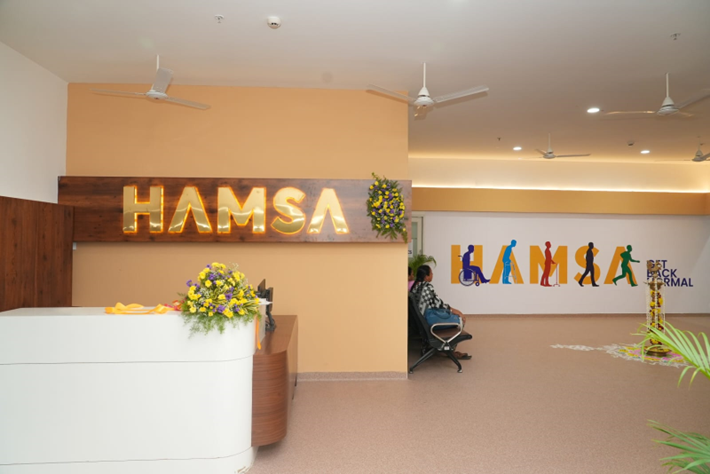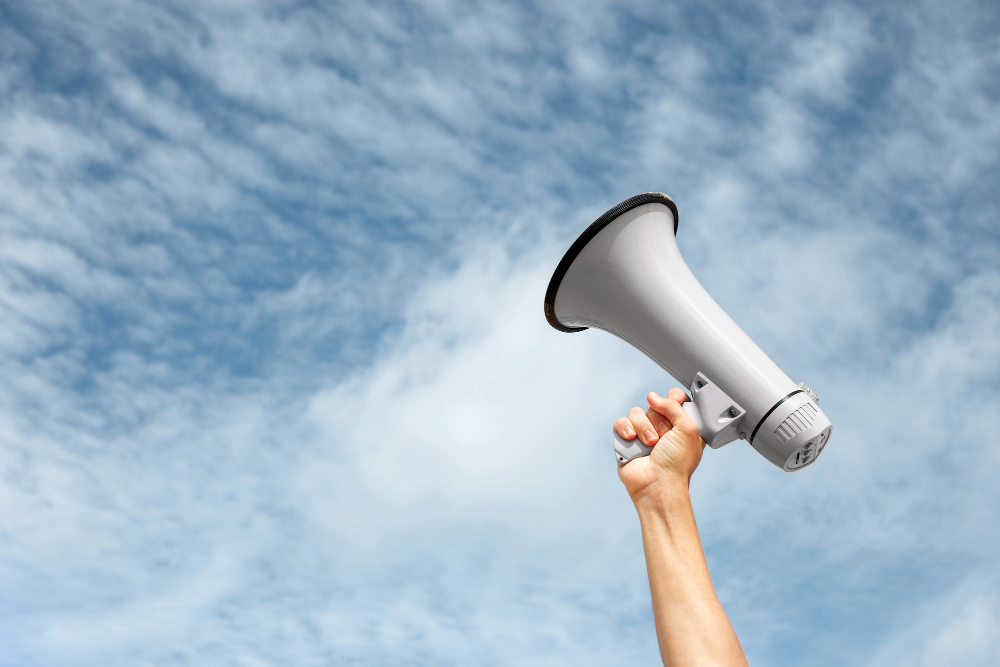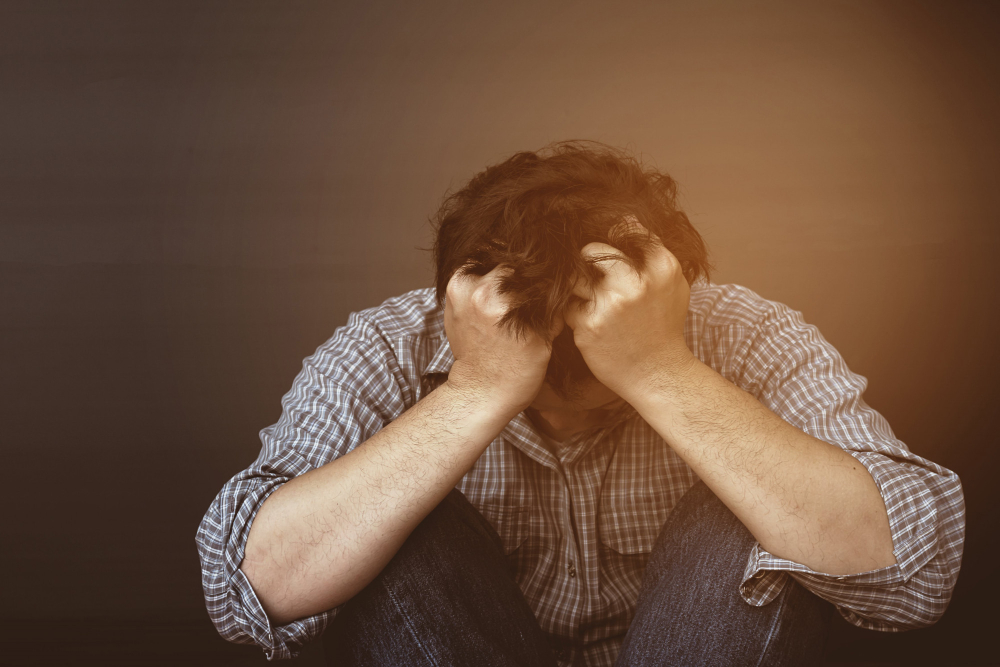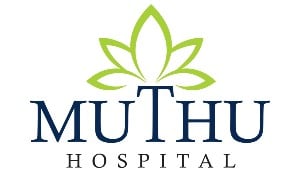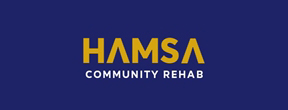
STROKE: It is an ominous word in the medical field that's being heard more often nowadays. The incidence of stroke is increasing in India, making it the fourth leading cause of death and the fifth cause of disability.
The statistics taken in the country put the incidence of stroke between 145-154 people out of 1,00,000 individuals. Stroke is a global health crisis. In the US, someone suffers from a stroke every forty seconds, and it causes death every four minutes. The statistics are incredibly alarming! Hence it's time to have a closer look at this life-threatening ailment.
Putting Stroke Under The Microscope
A stroke occurs when a blockage prevents blood flow to the brain or when a blood vessel in the brain ruptures. Either way, the brain is deprived of blood supply and oxygen, thus damaging or destroying the brain tissues within minutes.
Stroke is of two types: Ischemic and Haemorrhagic
- Ischemic stroke
About 87% of all strokes are ischemic, making it the most common type with the widest prevalence. Ischemic stroke occurs when the blood flow to the brain is blocked by a blood clot, fatty tissues, or cholesterol.
- Haemorrhagic stroke
It occurs when a blood vessel ruptures and bleeds into the surrounding brain tissues, consequently accumulating and compressing them. Haemorrhagic strokes make up nearly 13% of all stroke cases.
Risk factors that cause stroke
If you thought that stroke occurs only in aged people, you are wrong. Stroke occurs in all age groups. There is an ever-looming risk of stroke, whether it is childhood, adolescence, middle age, or old age. However, the chances of having a stroke increase multifold with certain risk factors, some of which are manageable and some aren't.
The manageable risk factors are:
- Hypertension
- Diabetes
- Heart disease
- Smoking
- Alcohol intake
- Obesity
- Sedentary lifestyle
- Use of birth control pills
- High RBC count
- High blood cholesterol and lipids
- History of TIAs
- Cardiac structural abnormalities
- Abnormal heart rhythm
Risk factors that cannot be changed include:
- Age
- Race (stroke is more prevalent in African Americans)
- Gender (men are more prone to strokes)
- Prior smoking history
- Genetics
What happens when someone has a stroke? The first and foremost thing to do is to seek medical help because a stroke is a serious medical emergency. Fortunately, two-thirds of people suffering from stroke survive and require rehabilitation.
Stroke Rehabilitation: Restoring The Quality Of Life
Stroke rehabilitation has three main goals, which are to:
- Help achieve the best possible quality of life
- Restore and improve the patient's independence
- Optimise the person's bodily functions
Every stroke rehabilitation centre is based on these goals and operates with an expert team of rehab specialists. Rehabilitation comprises numerous therapies that are designed to help the patient relearn lost skills due to brain damage. It also teaches new ways to compensate for physical disabilities.
Stroke rehabilitation has six important therapies that help build momentum towards recovery.
1. Speech-Language Therapy
The main aim of speech-language therapy is to help the patient recover their ability to communicate and swallow. Both these are actions rendered challenging after a debilitating stroke. Speech and Language Pathologists also help improve reading and writing skills and teach alternative communication methods.
2. Physical Therapy
Often, stroke causes disabilities, depending on which area of the brain undergoes damage. Although there are five types of physical disabilities, the most common one is partial or complete paralysis. Therefore, patients require personalised therapy to regain their physical functions, improve mobility, and compensate for their physical deficits.
3. Neurological Therapy
A stroke can cause minor to major brain and nerve damage that results in cognitive and motor impairments. Neurological therapies can help rectify these impairments, improve recovery and reduce symptoms.
4. Occupational Therapy
The main aim of an occupational therapist is to help the patient resume their normal day-to-day activities such as cooking, doing household chores, self-grooming, driving, etc. With time, they help overcome physical limitations, adapt to the living spaces, and lead a safe, normal life.
5. Recreational Therapy
Regaining the ability to do a much-loved hobby is a gratifying feeling. Recreational therapy aims to help stroke patients return to activities they once loved doing. It is a vital form of therapy that helps in faster recovery and improves their social connection.
6. Mirror Therapy
This therapy is used to help patients with one-sided paralysis or weakness. The therapist encourages the patient to move the unaffected limb while looking at themselves in a mirror. The brain processes the mirrored movement and rewires itself, causing the affected limb to move. With time, this therapy will improve the strength and mobility of the affected side.
The most common question with stroke rehabilitation is when should it begin. Experts say the sooner, the better. However, a patient becomes eligible for rehab only after doctors medically stabilise their condition. This includes:
- Restoration of blood flow to the brain
- Reduction of pressure in the brain tissues
- Elimination of other risk factors
What happens during stroke rehabilitation? You may want an answer to this question if your near or dear ones are commencing their stroke rehab. Read further to know what happens.
Stroke Rehab: Behind The Scenes
Stroke rehab is a multi-pronged approach and more than just mere physical exercises. A well-structured rehab plan comprises:
- Motor skill exercises to improve muscle strength and coordination.
- Mobility training to use wheelchairs, walkers, canes, and ankle braces.
- Wireless technology to increase post-stroke activity.
- Functional electrical stimulation to strengthen weakened muscles.
- Constraint-induced therapy to improve the movement of an affected limb.
- Speech therapy to regain communication abilities.
Stroke rehab involves a lot of teamwork. There's an entire squad of therapists who collaborate and coordinate to restore normalcy in a stroke patient. The team includes:
-
- Speech and Language pathologists
- Physiotherapists
- Occupational therapists
- Doctors
- Rehab nurses
- Psychologists
- Social workers
- Therapeutic recreation specialists
- Vocational counsellors
The Success, Outcome, & Duration Of Stroke Rehab
The success of stroke rehab largely depends on the type of disability and the intensity of damage to the brain. Like we earlier mentioned, the quicker one commences rehab, the better the chances of recovery. According to the National Stroke Association, 10% of patients recover completely, and 25% recover with minor impairments. Consistent rehabilitation and training also improve the chances of recovery.
So, what is the outcome of consistent rehabilitation? Although recovery differs from person to person, the general outcome of rehabilitation depends on:
- Severity of stroke
- Mood and motivation
- Consistency with therapies
- Support of family and friends
- Expertise of the team
- Early commencement of rehab
While some stroke survivors make a quick recovery, most of them require long-term rehabilitation, lasting months or years. The rehab plan will also change with the patient's recovery.
Rehabilitation: Giving You Hope To Recover From Stroke
Recovering from a stroke is a long, arduous road filled with pain, frustration, and difficulties along the way. It requires immense dedication, determination, and willingness from the patient. Above all, it requires a lot of cooperation with the rehab team.
Joining a stroke rehabilitation centre can spell a world of difference for stroke patients. At Hamsa Spine and Brain Rehab, we offer excellent rehabilitation services. We have an entire army of therapists, physicians, and dieticians who work round the clock to restore your hope and happiness. Visit our webpage to know more about our Stroke Rehabilitation.


